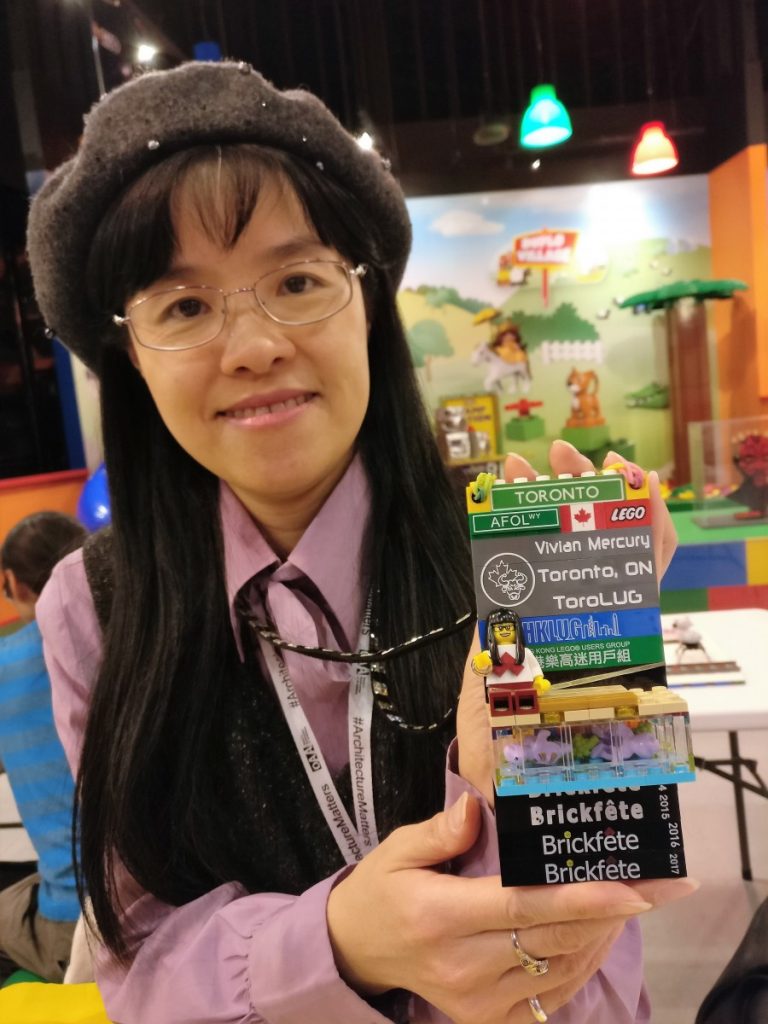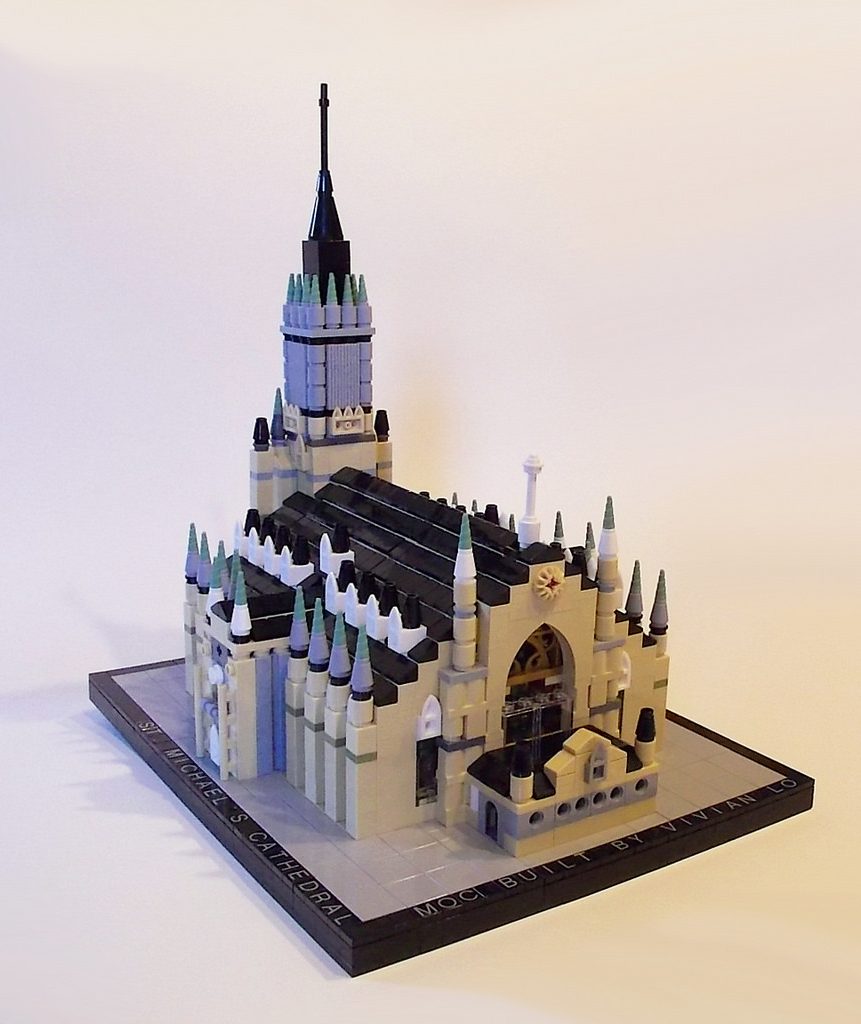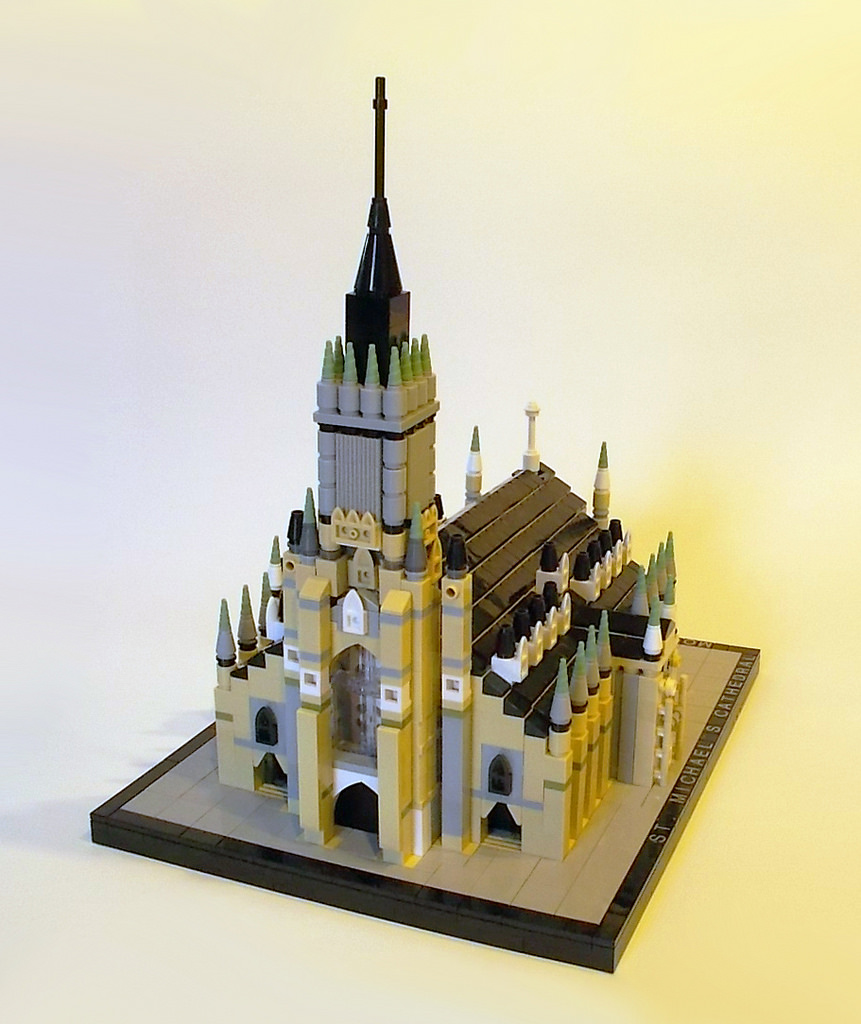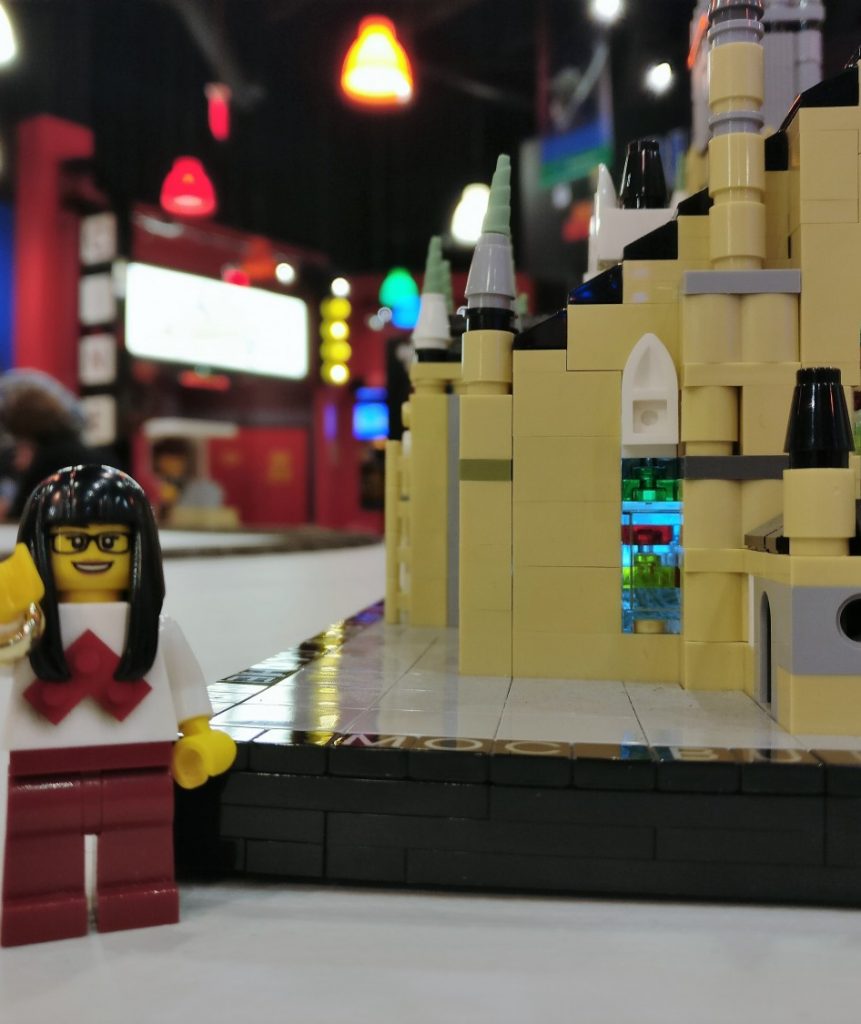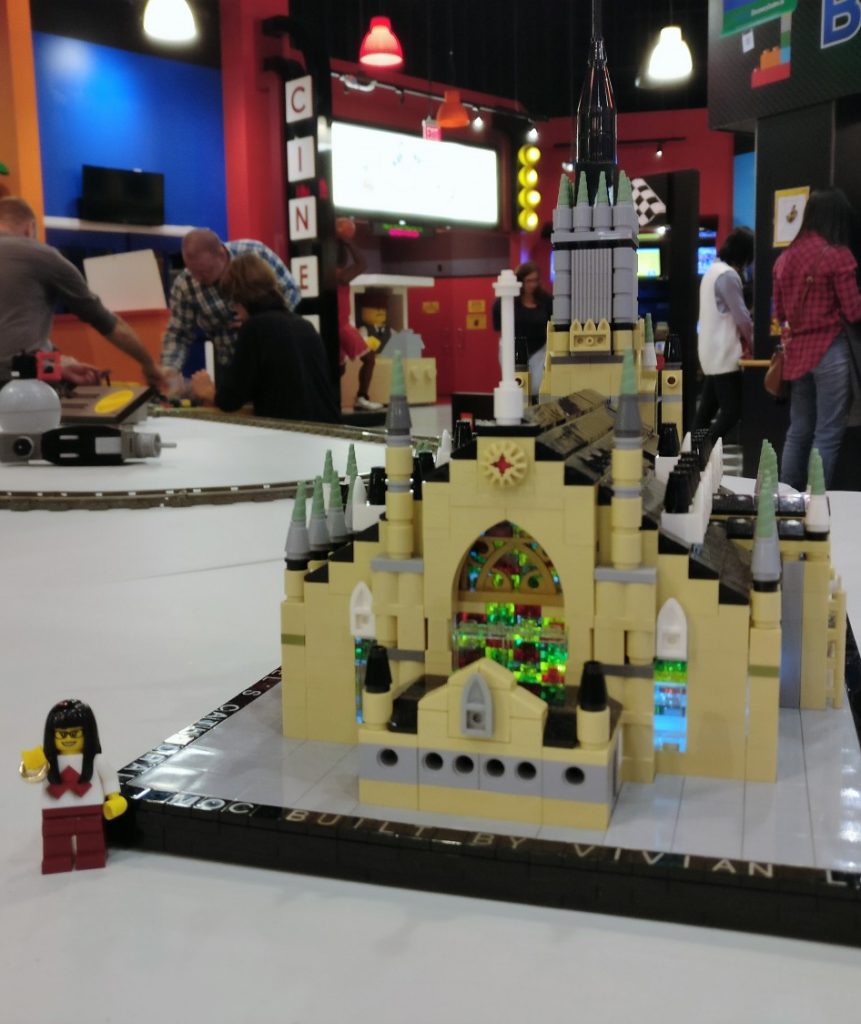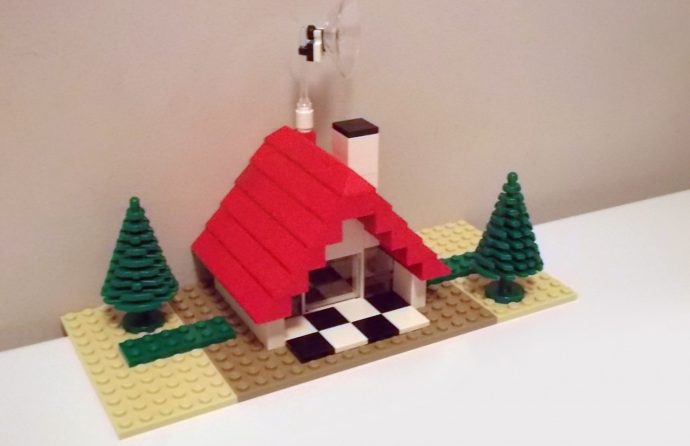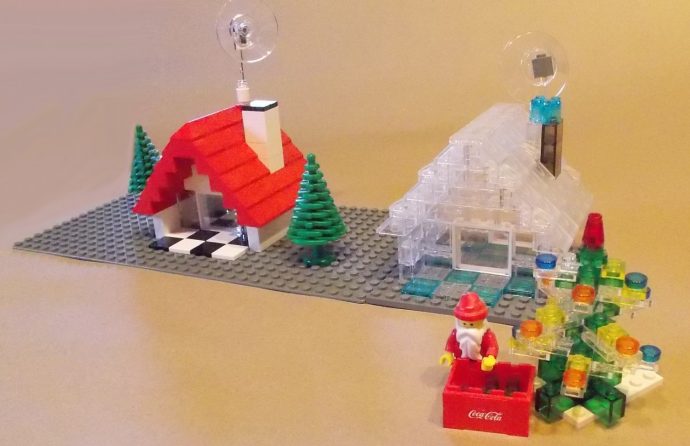What’s an appropriate hobby for an adult? We should first lay down the parameters for what an adult is. For all intents and purposes, let us assume here that an adult is anybody over the age of 18 – that is, a legal adult. Now, ask yourself: what sorts of hobbies do people over the age of 18 usually have? People lower down in this age range may partake in the occasional video game, perhaps play an instrument or a sport… that sort of thing. Older adults might enjoy anything from studying literature to gardening. But really, any of these hobbies can be enjoyed by people of all ages.
One hobby comes to mind, however, that carries a sort of taboo with it. I’m talking about collecting toys. The general assumption is that toys are a ‘nerdy’ hobby, often reserved for people who have a lot of growing up to do. See Toy Story 3, where Andy feels torn between his childhood playthings and the draw of adult life and the pressures to conform to it. Kudos to those of us who still have a Darth Vader or an Optimus Prime on the shelf.
There is one toy that seems to be immune to these criticisms, though: Lego. The little colourful plastic Danish bricks have been growing in popularity ever since they first came out of the mold in 1958. That’s when the iconic design that we’re all familiar with was first patented, and it hasn’t changed much since then.
Yes, there is a huge community of adults who still play with Lego. They call themselves AFOLs, or adult fans of Lego. They congregate online through platforms like Eurobricks and Flickr, as well as IRL (that’s ‘in real life’ in Internet-speak) at conventions and events across the country. One such venue is the Legoland Discovery Centre in Vaughn, Ontario. On the last Friday of every month (excluding December), they host a themed adult night for visitors aged 18 and up. (They will only be running these events every other month during 2018, however.) Ticketholders get access to the rides, the contests, the bricks and, most importantly, to each other.
It was at one of these events that I met Vivian Lo, an architecture whiz and Lego builder. Vivian was there representing ToroLUG (Toronto Lego User Group), a club that allows like-minded individuals to connect with one another and bond over their hobby. ToroLUG is free to join and organizes monthly meetups from January to November at locations across the city. They also have a Flickr group, which anyone can join and share photos of their creations with.
As a child, Vivian had just one Lego set: a quaint little bungalow. This was back before minifigures, the iconic little Lego people, existed. She told me that she never really played with it, only built it and set it aside. Enter Vivian’s ‘dark age’: this is what AFOLs call a period of time, short or long, during which they neither purchase nor build with Lego. She came out of this ‘dark age’ while she was studying to be an architect and she bought a bucket of Lego bricks to help stabilize a model she was working on for school. She explained to me that she used the bricks to build a sort of scaffolding framework.
Post-grad, Vivian now holds an Honours Bachelor of Science and a Master of Architecture. She is a director at The Right Angle Journal, a quarterly publication that fosters discussion about architecture and reaches over 2,214 Canadian architecture firms. This passion for architecture is clearly an influence on her building style. One of the models she had on display at the Discovery Centre was a model of the St. Michael’s Cathedral Basilica in downtown Toronto, built in micro-scale. Vivian explained the rules of micro-scale as follows: as long as a minifigure can’t fit through the door, it can be considered micro-scale.
Her micro-cathedral consists of over 2000 parts, and she built it in just one weekend.
Vivian explained her inspiration for the build, telling me “when I look at St. Michael’s, I say, ‘I recognize this piece, I recognize this, and then I recognize this arch here … OK, I can do this façade already.’” For her, the design process takes place in real-time, by looking at something in the world around her and trying to imagine it as shapes that exist within her Lego parts repertoire.
She’s also built several other models of real buildings in micro-scale, many of which can be seen on display at the Discovery Centre and in the Lego Store in Fairview Mall. These models include the Toronto-Dominion Centre, Parliament Hill, OCAD University and the Toronto Harbourfront skyline.
Another of Vivian’s projects outside the Lego sphere is the Colour Research Society of Canada, where she is vice president. The CRSC is a non-profit that encourages a discourse between the worlds of art and science about the importance of studying colour. Vivian incorporates this interest into her work with Lego as well, pointing out the tiny stained glass windows in her model of St. Michael’s. They are built out of very small transparent coloured one stud-by-one stud plates (each one measures eight-by-eight-by-3.2 millimetres) and brought to life by a light source on the inside of the cathedral.
In some spots she has layered the windows two plates deep, so that when the light shines through the different colours of transparent plastic it creates shades not normally found in Lego. “Let’s say I have 10 individual colours … with the shading technique I have, I can achieve up to 20, 30 different transparent colours,” said Vivian. “I am expanding the colour palette … that’s why it looks so rich.”
Vivian compared this exercise in experimentation with colour mixing to science and physics, noting that “overall, architecture is a mix of arts and science.”
Talk then turned to sustainability, one of the reasons Lego stands the test of time as a toy and as an artistic medium. “Lego itself, because of the high-quality standard, they are actually useful no matter which set you are using. They fit perfectly, no matter if you are using the bricks from the ‘60s and stick it with new sets – they just fit perfect,” she said. No matter the age, “you can always reuse it.”
Now, remember Vivian’s childhood bungalow set? She told me that, while over the years some pieces have gone astray, she still has roughly 40 per cent of the original model. But what about the missing parts? Not to worry: “When I tried to rebuild my old Lego house set, I can still integrate my old bricks with new bricks together. Yeah, you can still recognize some of the old bricks because the colours change, but they can still stick together, and they fit together perfectly. There are no gaps in between. How many toys can be like that?”
That’s part of the appeal of Lego to adults, according to Vivian. Not only to achieve something you couldn’t do while you were younger, but to “buy back your memories and your childhood dreams” in some cases. It could even be as simple as having more free time and wanting to delve back into an old, long-neglected hobby. With Lego, the sky (or the ceiling) is the limit. There are no rules. Vivian summed it up nicely when she said, “you can follow the instructions of sets, but you can also build freely, like us. In that case, the possibility is endless.”
